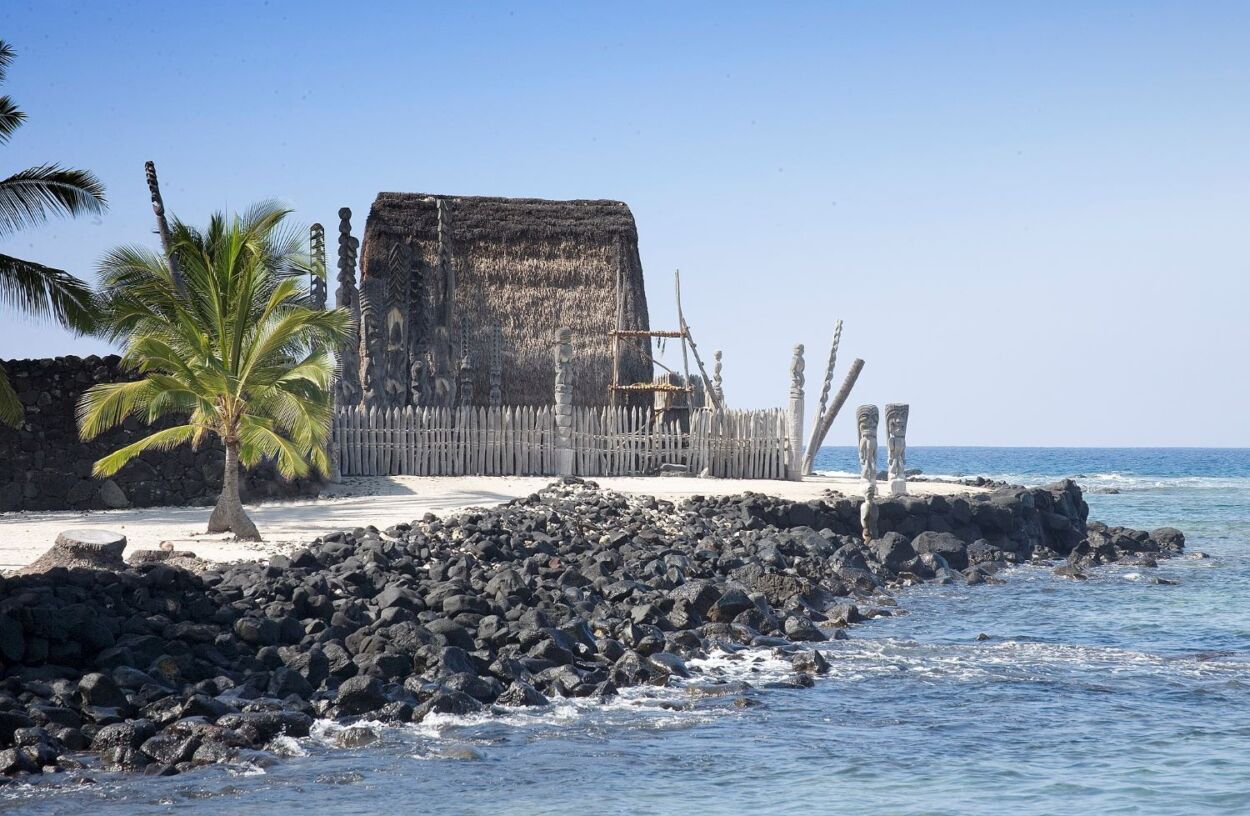
Hawai‘i Preservation in Practice Training Webinar:
Archaeological Investigations and their Role in Preservation
Historic Hawai‘i Foundation, in partnership with the Department of the Interior’s National Park Service, will offer a free webinar introducing archaeological investigation and its use in Hawai‘i.
Date: Wednesday, December 11, 2024
Time: 10:00 a.m. – 12:00 p.m. HST
Cost: Free
Virtual Webinar via ZOOM
VIEW THE RECORDING & SLIDE DECK BELOW
How can archaeology be used to preserve archaeological resources and provide potential benefits including long-term site stewardship?
The seminar provides training to members of the public, private or government sectors who own, manage, steward or are interested in preserving historic resources.
Archaeological Investigations and their Role in Preservation
Date: Wednesday, December 11, 2024
Time: 10:00 a.m. – 12:00 p.m.
This seminar was approved for certificate maintenance credits through the American Planning Association (AICP).
ABOUT THE COURSE
The webinar will offer an introduction to archaeological investigation and its use in Hawai‘i. Content covered will include the variety of people and practices that comprise archaeological investigation, the underlying rules, regulations and best practices, and the role archaeological investigation plays in cultural resource management as a tool to identify, inform and protect historic resources.
Subject matter experts will provide an overview of the different types of archeological investigations and reports, their purpose, and what they cover. Presentations and Hawai‘i-based case studies will illustrate examples of their use and impact.
Archaeology is one of the many disciplines that help us understand the past. As a tool of preservation, archaeology investigation enables us to assess the importance and integrity of material things left behind in the form of ruins, deposits, and evidence for past people, events, architecture, and arts. This can help inform on decisions for modern actions and projects and aid in potential re-design and/or mitigation for those undertakings.
Through the training attendees will:
- Receive an overview of archaeological investigation definitions and purpose;
- Learn the types of reports, what they each cover and how to determine which to use;
- Understand how archaeology can be used to preserve archaeological resources;
- Learn the potential benefits including long-term site stewardship;
- View examples of projects in Hawai‘i that utilized archaeological investigation.
WHO SHOULD ATTEND?
• Public, private and nonprofit entities that own or manage historic and potentially historic properties in Hawai‘i;
• Government agencies and elected officials responsible for the protection of historic resources;
• Preservation professionals including archaeologists, planners, architects, engineers, landscape architects, historians and architectural historians;
• Community organizations or individuals with stewardship responsibilities for historic resources;
• Other members of the public or organizations interested in preserving historic sites.
Image at top: Puʻuhonua o Hōnaunau National Historical Park, Kona, Hawaii Island, Hawaii from Carol M. Highsmith’s America project for the Library of Congress. Carol M. Highsmith, Public domain, via Wikimedia Commons.
Further Reading & Reference Materials
NPS: About Archaeology
VIEW ABOUT ARCHAEOLOGYState Historic Preservation Division (SHPD) - Archaeology
VIEW ARCHAEOLOGYSHPD - Archaeology & History
VIEW ARCHAEOLOGY & HISTORYWhat are Archaeological Inventory Surveys?
VIEW ARTICLENational Park Service (NPS): Laws, Regulations & Guidelines
VIEW LAWS, REGULATIONS & GUIDELINESRules Governing Standards for Archaeological Inventory Surveys & Reports
VIEW HAR 13-276Rules Governing Standards for Archaeological Monitoring Studies & Reports
VIEW HAR 13-279NPS: Archaeology Career Guide
VIEW ARCHAEOLOGY CAREER GUIDEPRESENTERS
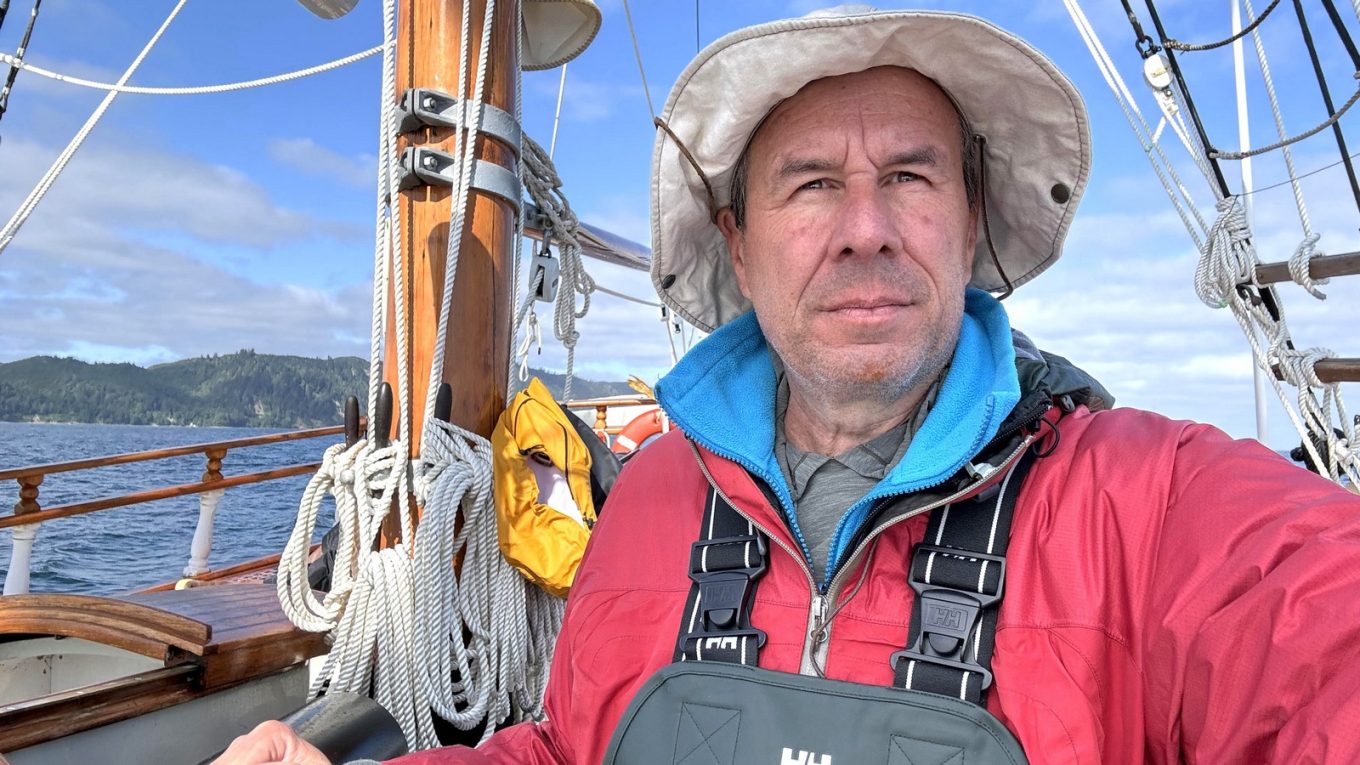
Peter R. Mills is a Professor of Anthropology & Director of the Heritage Management MA Program at the University of Hawai‘i at Hilo. Mills has been teaching at UH Hilo since 1997, and received the Frances Davis Award for Excellence in Undergraduate Teaching in 2001. He started his anthropological training at the University of Vermont (B.A. 1984), where he wrote an honor’s thesis on stone tools found in the Champlain Valley. He completed his M.A. at Washington State University (1987), studying use-wear on stone axes from Sand Canyon Pueblo Ruin in southwestern Colorado.
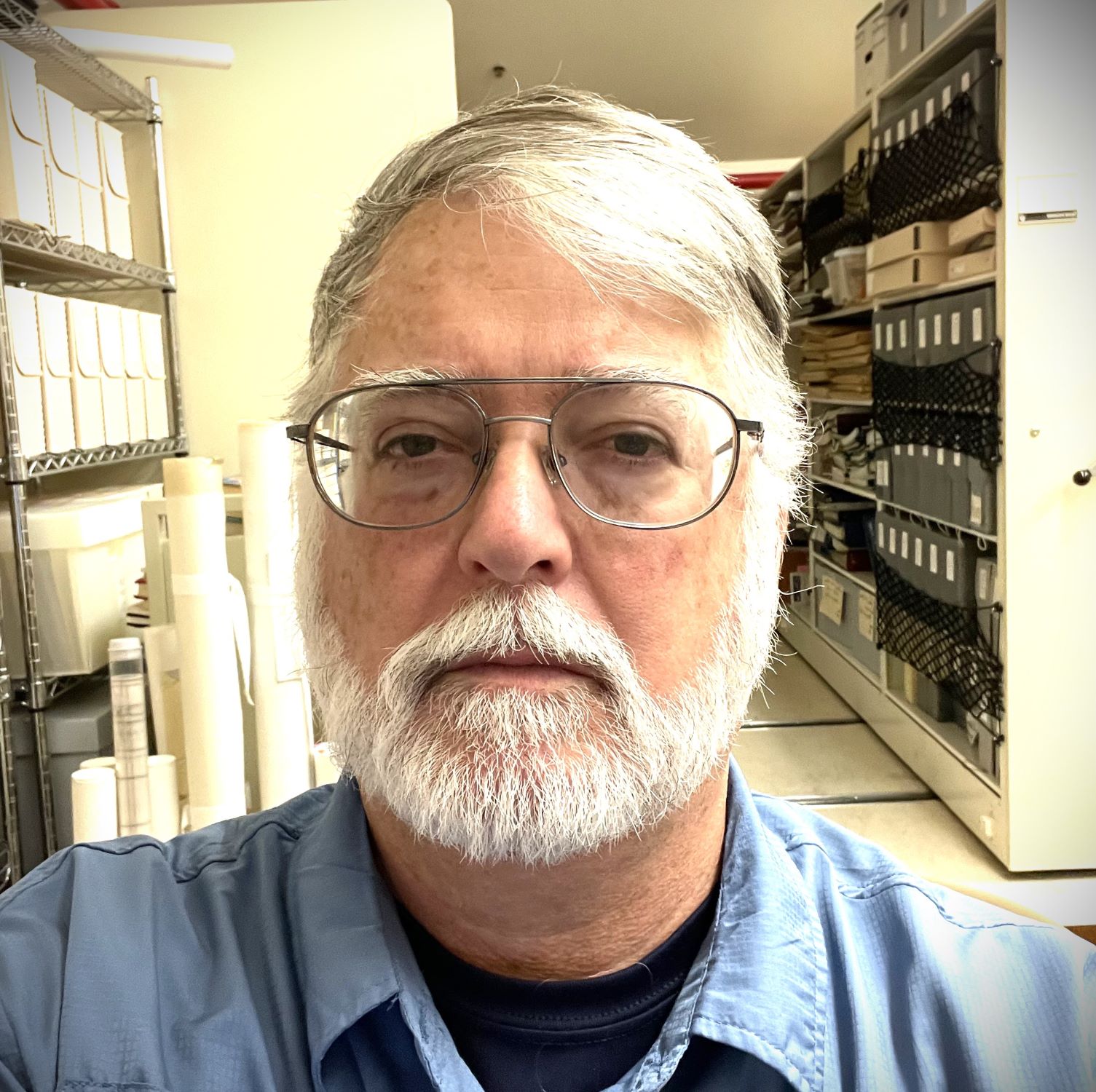
Douglas C. Wilson has served as an archaeologist for the National Park Service for over 20 years and is an Adjunct Associate Professor at Portland State University since 2004. He has also worked in the Cultural Resources Management industry as a project archaeologist, principal investigator, and business owner. His doctorate is from the University of Arizona and his interests include the historical archaeology of the Pacific Northwest, colonialism and identity, and public and community archaeology.

Mara Mulrooney is a Principal and Senior Archaeologist with Pacific Legacy, Inc. Mulrooney has served as a principal investigator for projects throughout the Hawaiian Islands. She completed her Ph.D. in 2012, which was focused on landscape archaeology on Rapa Nui, where continues to lead collaborative community-based research projects. Since 2013, Mulrooney has been an adjunct faculty member at the University of Hawai‘i at Mānoa, where she has taught Hawaiian Archaeology and continues to facilitate internships for students. She served as the President of the Society for Hawaiian Archaeology from 2020-2024.

Seth Quintus is an Associate Professor in the Department of Anthropology at the University of Hawaiʻi at Mānoa. He joined the UH faculty in 2016 as a Pacific Island Archaeologist. His research centers on Polynesia and explores the relationship between communities and their environments. This research often involves learning about agricultural communities in the past and how they handled changing environmental and social conditions. Quintus seeks to apply the outcomes of this research to address issues around resource management, especially food systems, in Hawaiʻi today.
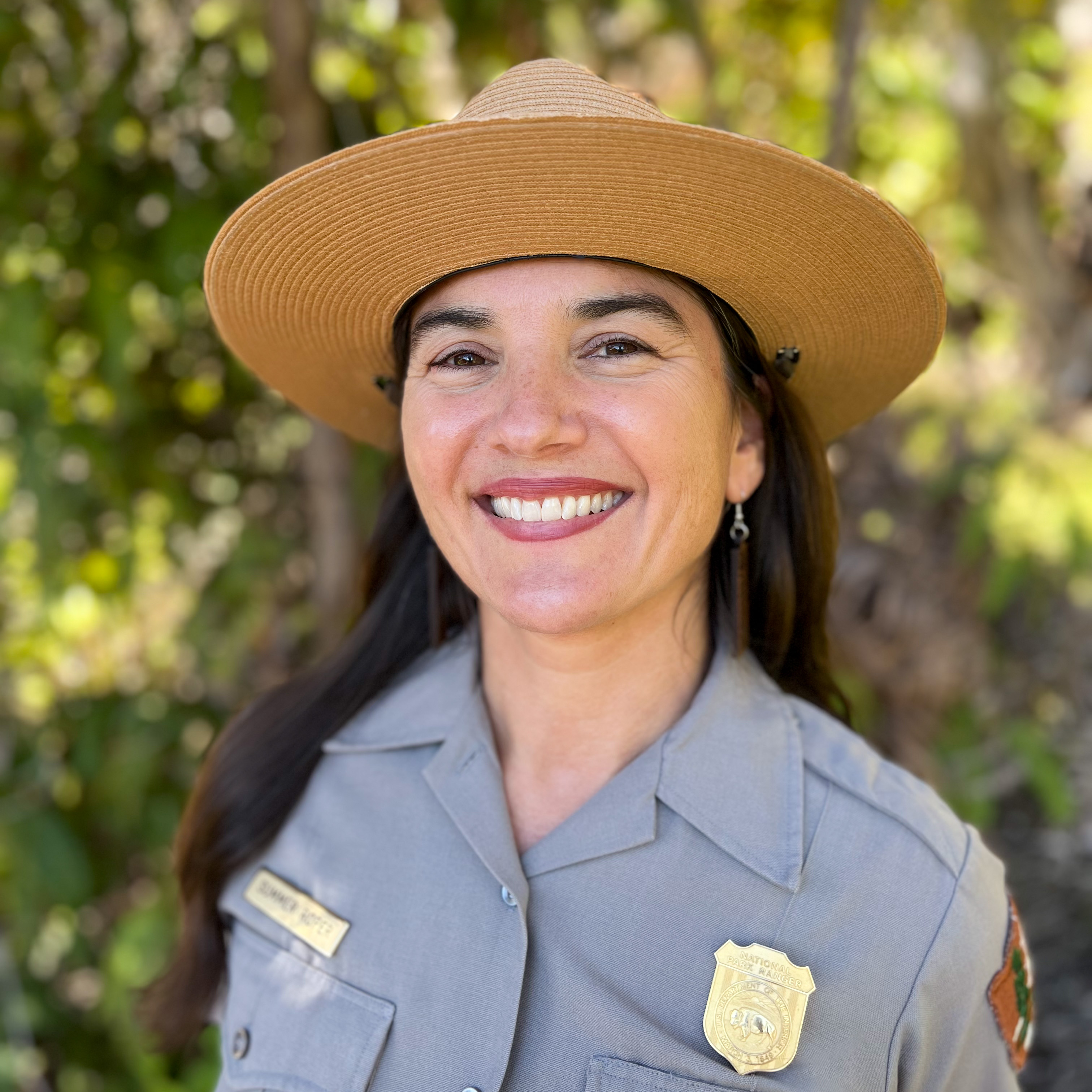
Summer Roper Todd is the Cultural Resource Program Manager, Supervisory Archeologist and Section 106 Coordinator for Hawai’i Volcanoes National Park where she has worked for over 20 years. Roper Todd obtained her undergraduate degree in Anthropology from the University of Hawai’i at Hilo and her graduate degree in Applied Archaeology and Historic Preservation from the University of Hawai’i at Mānoa. Her park service career has led her to contribute on a wide range of cultural resource projects in Hawaiʻi Volcanoes National Park as well as assist other Pacific Islands Parks in the protection and preservation of cultural resources.

Nicole Mello is a Hawaiʻi Island Lead Archaeologist for the Hawaiʻi State Historic Preservation Division. Mello received her B.A. in Anthropology with an emphasis in Archaeology in 2013 at Saint Mary’s College of California. She completed her M.A. at the University of Hawaiʻi at Hilo in the Heritage Management Program in 2017. Mello’s Master’s thesis was a community-collaborative based project focusing on a navigational heiau in North Kohala on Hawaiʻi Island, and its centrality to Nā Kālai Waʻa, a seafaring organization. She has worked as an archaeologist in both the private and public sectors in Hawaiʻi since 2017.

ʻIolani Kaʻuhane was raised on Oʻahu and currently resides on Hawaiʻi Island, where he specializes in wahi kūpuna stewardship and cultural resource management (CRM). He holds a Bachelor of Arts in Anthropology with a focus on Hawaiian Archaeology from the University of Hawaiʻi at Hilo and brings over a decade of expertise in archaeological fieldwork, archival research, and community outreach. His work is grounded in the integration of Native Hawaiian values and culturally appropriate methodologies in resource management practices. ʻIolani has collaborated with a range of organizations, including Huliauapaʻa, Nohopapa Hawaiʻi, Pohakulo Training Area Cultural Resources Program, and the State of Hawaiʻi Historic Preservation Division. His expertise spans Section 106 compliance, Hawaii Revised Statues §6E Historic Preservation, and culturally appropriate archaeological services. He has conducted field studies in culturally significant locations such as the Papahānaumokuākea Marine National Monument and Ahu a ʻUmi Heiau. Also as a member of Huliauapaʻa, Iolani plays a pivotal role in facilitating archaeological field schools that emphasize community-based research and the integration of cultural perspectives into resource management. His commitment to fostering connections between kānaka and ʻāina, coupled with his dedication to preserving and honoring Hawaiʻi’s cultural heritage, underscores his leadership in the field of cultural resource management.
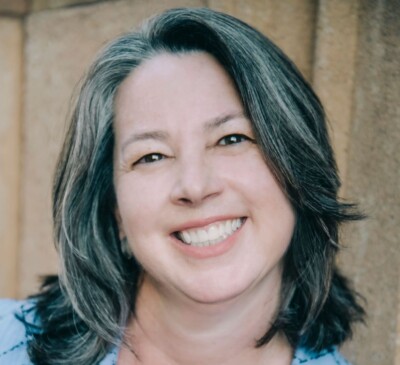
Kiersten Faulkner is the chief executive of Historic Hawai‘i Foundation and oversees all aspects of its preservation programs, strategic planning, business lines and operational matters. She holds a Master of Arts in Urban and Environmental Policy from Tufts University and is a member of the College of Fellows of the American Institute of Certified Planners (FAICP).


